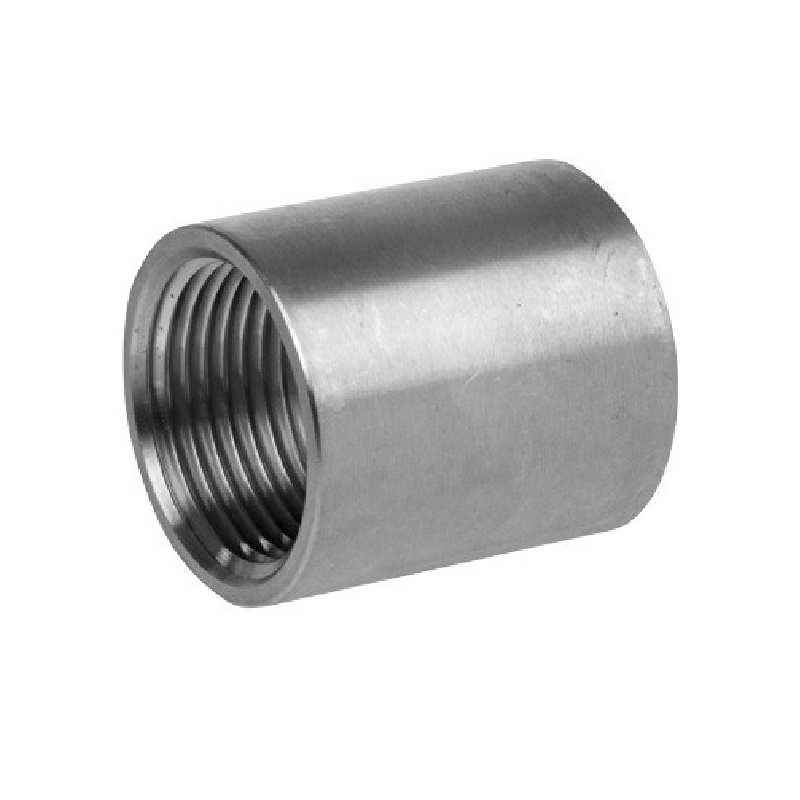-
Cangzhou Yulong Steel Co., Ltd.
-
Phone:
+86 13303177267 -
Email:
admin@ylsteelfittings.com
- English
- Arabic
- Italian
- Spanish
- Portuguese
- German
- kazakh
- Persian
- Greek
- French
- Russian
- Polish
- Thai
- Indonesian
- Vietnamese
- Zulu
- Korean
- Uzbek
- Hindi
- Serbian
- Malay
- Ukrainian
- Gujarati
- Haitian Creole
- hausa
- hawaiian
- Hebrew
- Miao
- Hungarian
- Icelandic
- igbo
- irish
- Japanese
- Javanese
- Kannada
- Khmer
- Rwandese
- Afrikaans
- Albanian
- Amharic
- Armenian
- Azerbaijani
- Basque
- Belarusian
- Bengali
- Bosnian
- Bulgarian
- Catalan
- Cebuano
- China
- China (Taiwan)
- Corsican
- Croatian
- Czech
- Danish
- Esperanto
- Estonian
- Finnish
- Frisian
- Galician
- Georgian
- Kurdish
- Kyrgyz
- Lao
- Latin
- Latvian
- Lithuanian
- Luxembourgish
- Macedonian
- Malgashi
- Malayalam
- Maltese
- Maori
- Marathi
- Mongolian
- Myanmar
- Nepali
- Norwegian
- Norwegian
- Occitan
- Pashto
- Dutch
- Punjabi
- Romanian
- Samoan
- Scottish Gaelic
- Sesotho
- Shona
- Sindhi
- Sinhala
- Slovak
- Slovenian
- Somali
- Sundanese
- Swahili
- Swedish
- Tagalog
- Tajik
- Tamil
- Tatar
- Telugu
- Turkish
- Turkmen
- Urdu
- Uighur
- Welsh
- Bantu
- Yiddish
- Yoruba

Nov . 25, 2024 07:14 Back to list
PN40 Flange Specifications and Applications for Industrial Piping Systems
Understanding PN40 Flanges An Essential Component in Piping Systems
Flanges are critical components in piping systems, serving as connecting points between different sections of pipe, valves, pumps, and other equipment. Among various flange types, the PN40 flange is particularly significant due to its design specifications and application in high-pressure environments. This article aims to provide a comprehensive understanding of PN40 flanges, their characteristics, applications, and benefits.
What is a PN40 Flange?
The term PN stands for Pressure Nominal, which is a European standard used to denote the pressure rating of flanges and fittings. The number following PN indicates the maximum allowable working pressure measured in bar. Therefore, a PN40 flange can handle pressures up to 40 bar, which is approximately 580 psi. This high-pressure rating makes PN40 flanges suitable for various demanding applications across different industries.
Specifications and Design Features
PN40 flanges are typically constructed from various materials, including carbon steel, stainless steel, and alloy steel, to meet specific environmental and service conditions. The design of a PN40 flange must adhere to standards set by organizations such as the International Organization for Standardization (ISO) and the American Society of Mechanical Engineers (ASME).
These flanges come in various geometries and sizes, including weld neck, slip-on, blind, and threaded options. The raised face or flat face design of the flanges allows for better sealing when joined with gaskets. To ensure durability and longevity, PN40 flanges are often treated to resist corrosion and wear, making them suitable for harsh operating environments.
Applications of PN40 Flanges
pn40 flange

PN40 flanges are widely utilized in various industries, including oil and gas, chemical processing, power generation, and water treatment. In the oil and gas sector, they are employed in the construction of pipelines, refineries, and offshore platforms, where high-pressure resistance is crucial. In chemical plants, PN40 flanges can withstand the corrosive effects of various chemicals, thereby ensuring safe and efficient operations.
Additionally, these flanges are used in power plants for steam and water lines, where high pressure is a constant factor. Their reliability and strength make them an ideal choice for managing pressurized fluids in systems that require robust safety measures.
Benefits of Using PN40 Flanges
The use of PN40 flanges in piping systems offers several advantages. First and foremost, their ability to handle high pressures ensures safety and reliability in critical applications. By providing a secure seal, PN40 flanges help to prevent leaks, which can lead to significant operational hazards and environmental concerns.
Furthermore, the versatility in material selection allows engineers to choose flanges that best suit the specific needs of their project, whether it be resistance to high temperatures, corrosive substances, or both. This customization capability enhances overall system performance and efficiency.
Conclusion
In conclusion, PN40 flanges are essential for any high-pressure piping system, offering both safety and reliability across various industries. Understanding their specifications, design features, and applications is vital for engineers and professionals working in fields that require robust and durable piping solutions. By choosing the right type of flange, operators can ensure the longevity and integrity of their piping systems while maintaining safety standards in their operations.
Latest news
-
ANSI 150P SS304 SO FLANGE
NewsFeb.14,2025
-
ASTM A333GR6 STEEL PIPE
NewsJan.20,2025
-
ANSI B16.5 WELDING NECK FLANGE
NewsJan.15,2026
-
ANSI B16.5 SLIP-ON FLANGE
NewsApr.19,2024
-
SABS 1123 FLANGE
NewsJan.15,2025
-
DIN86044 PLATE FLANGE
NewsApr.19,2024
-
DIN2527 BLIND FLANGE
NewsApr.12,2024
-
JIS B2311 Butt-Welding Fittings LR/SR 45°/90° /180°Seamless/Weld
NewsApr.23,2024











